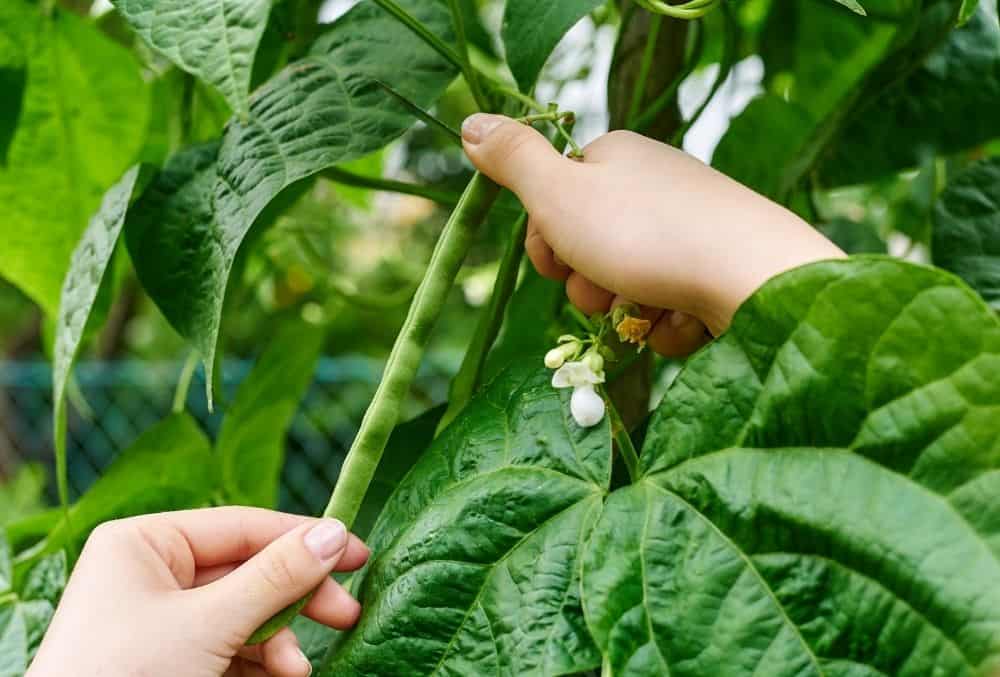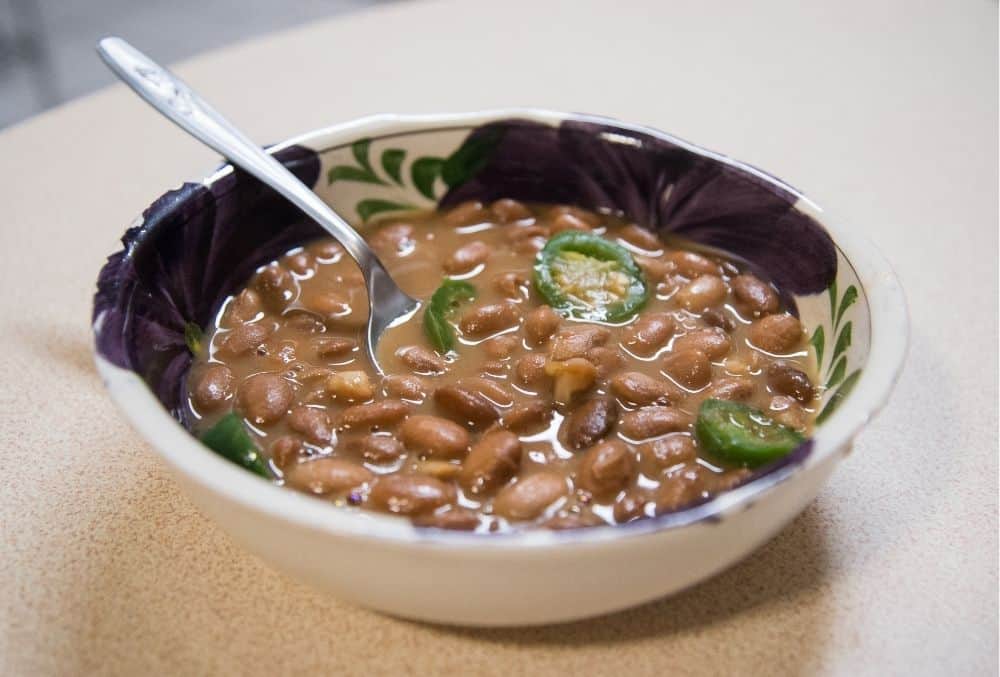Beans are tasty foods that have many health benefits.
For example, they are high in protein, iron, and fiber. They are easy to add to meals, meaning you can benefit from their nutrients and taste really easily.
Many people across the globe enjoy eating baked beans with their breakfasts or adding kidney beans to chili. They are especially popular among vegetarians.
There are lots of different kinds of beans, including baked, red, lima, kidney, and pinto.
Each bean has a distinct flavor and appearance. You can grow many of these varieties of beans in your own garden, thus increasing your self-sufficiency.
However, even those with green fingers have questioned where beans come from. For those of you who have been wondering this, the origin of beans will be explained below.
Beans: Where Do They Come from?
There is a long history of beans being cultivated by humans. There is even evidence that they were eaten by the ancient Egyptians.
Proof has been discovered that some ancient Egyptians were buried with a bean.
In terms of their origins, many varieties of beans originate from the Americas. Of course, the exact origins of some beans are not entirely known, since they are rooted so far back in history.

Nowadays, beans can be bought and grown across the world. You can buy them easily in supermarkets.
Unlike other plants, beans grow in pods. Depending on the time of beans you are growing, these pods will either develop above ground or underground.
How To Grow Beans
Exact instructions for how to grow beans will depend on what type of bean you are growing. Each bean variety will have a slightly different planting method.
However, this is a general guide for planting common varieties of beans. Bean seeds can be bought from a variety of outlets, including online or from garden centers.
You should plant your beans around springtime. This is because cold weather and frost are very unlikely to occur in this season.
Furthermore, you will probably get a lot of sun in this season.
However, you can also plant them slightly later in the year if that suits you better. You need to ensure that you locate a warm patch of soil that will have access to sunlight.
These conditions are needed for your beans to grow successfully.
Thankfully, you will not need to dig a deep hole for your beans. In fact, they should only be buried about an inch into your soil.
This can easily be done by hand. Additionally, the beans do not need to be very far apart.
In fact, you can put them approximately 1 inch from each other. This will be plenty of space for them since they do not need too much room.
Pole beans are a little different. To grow, they will require some form of support, such as a pole. Hence the name “pole beans”.
These supports will need to be quite tall in order for your beans to grow around them. The extent to which these pole beans will grow will differ.
However, the support should be at least 8 inches high. If you are worried that your beans will grow taller, feel free to use a taller support. In addition, they should be spaced a couple of inches apart when planted into the ground.
These beans will need to be watered regularly. Per week, beans should receive roughly 1 inch of water. You should water as soon as the soil around the beans begins to feel dry.
Most beans will have developed after around 50 days and so will be ready to pick.
However, pole beans can take a little longer, specifically around an additional 10 days. Carefully pull the beans away from the vine to harvest them.
If you do not want to grow them outside, you can also plant beans in pots. These pots can be kept inside. The growing method will be similar to that for beans grown outside, though on a smaller scale.
How To Cook Beans
Once you have harvested your beans, store them in an airtight container, such as a jar. They will need to be placed in a dry location that is away from the sun.

Again, the method for how to cook beans will vary slightly depending on the variety. For many beans, it is a good idea to leave them to soak in water for a few hours. Soaking beans will cause them to soften.
The most effective method for cooking beans is to boil them on top of a stove. Beans should be boiled in hot water for between 30-45 minutes.
This will be reliant on the type of bean and how long you left them to soak. Once they are ready, drain your beans. You are then free to add them to the meal of your choice.
Frequently Asked Questions
Are Beans Classed As Vegetables?
Yes. Even though they are high in protein, beans are considered vegetables. This is because they are included in the legume group of plants.
Alongside beans, peas and lentils are also classified as legumes.
Many vegetarians use beans as a foundation for their diet. Because beans are so high in protein, they make a very good alternative to meat.
What Type Of Bean Is The Smallest?
The mung bean is renowned for being incredibly small. These minuscule beans are only between 3 and 4 inches in size. The mung bean is native to India and is grown across Asia.
They make for beneficial additions to soups and salads. Like other beans, their health benefits include their richness in protein and fiber.
How To Stop Bugs From Eating My Beans?
Beans are not just appetizing to humans. Different bugs, such as the cucumber beetle, can be a nuisance when it comes to beans and can try to eat these plants.
To stop these pests from damaging your beloved beans, you can apply bug repellent to your plants. Mixtures containing carbaryl will be particularly effective.
